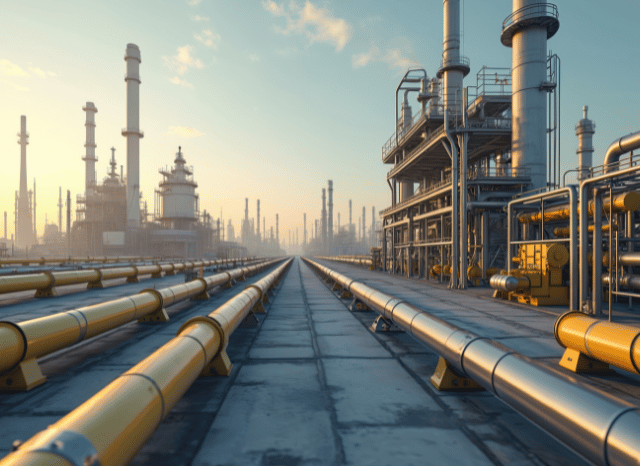
Oman, Germany, as well as the Netherlands have signed a groundbreaking agreement which could reshape Europe’s Strength landscape, ushering in a brand new era of environmentally friendly hydrogen imports from the center East.
A Daring move in the global Vitality transition is using form involving Oman and Europe. A historic settlement signed before this calendar year paves the way for one of several environment’s first big-scale hydrogen corridors—linking Oman’s extensive renewable assets to Germany’s industrial hubs by means of the Netherlands.
The core of this initiative is environmentally friendly hydrogen—made by splitting drinking water by way of electrolysis powered by photo voltaic or wind energy. This form of hydrogen has captivated world-wide curiosity for its prospective to decarbonise sectors which can be in any other case difficult to electrify, including heavy transport, metal creation, and Power storage.
Oman, leveraging its sunny local climate and ambitious countrywide method, aims to be a best global exporter of eco-friendly hydrogen by 2030. Forecasts suggest the region could produce as many as one million tonnes of eco-friendly hydrogen each year by the top from the 10 years. A vital element of this system entails liquefying the hydrogen to facilitate overseas transport.
Enter the hydrogen corridor: a planned maritime and logistics route starting from the port of Duqm in Oman, extending for the ports of Amsterdam and Duisburg. Specialised cryogenic tankers, just like hydrogen infrastructure Those people used in LNG transportation but tailored for hydrogen’s much reduce temperatures, will carry the fuel. European ports are currently getting ready the necessary infrastructure to receive, shop, and distribute the cargo.
This corridor is not just a logistical feat—it’s a strategic a single. For Germany, that's aiming to cut down dependence on fossil fuels and diversify its Electrical power combine, the imports could support satisfy its target of bringing in ten million tonnes of renewable more info hydrogen by 2030. The corridor also aligns with broader EU sustainability ambitions and industrial decarbonisation attempts.
The venture’s importance lies not merely in its scale, but in addition in its replicability. Like LNG just before it, liquid hydrogen could soon go throughout continents, breaking absolutely free from the constraints of preset pipeline networks. And Oman isn’t on your own. Other initiatives—like Spain’s Basque Hydrogen Corridor as well as Central European Hydrogen Corridor—will also be developing the spine of the potential hydrogen economic system.
The Basque more info challenge focuses on integrating generation, distribution, and industrial use inside of northern Spain. Meanwhile, the Central European route designs to repurpose present gas pipelines to carry hydrogen from Japanese Europe to Germany, more click here cementing the region’s position in the hydrogen changeover.
If successful, these attempts could mark a major milestone in decarbonising Europe’s hefty industries and transport networks—driven from the sun and wind of distant deserts.